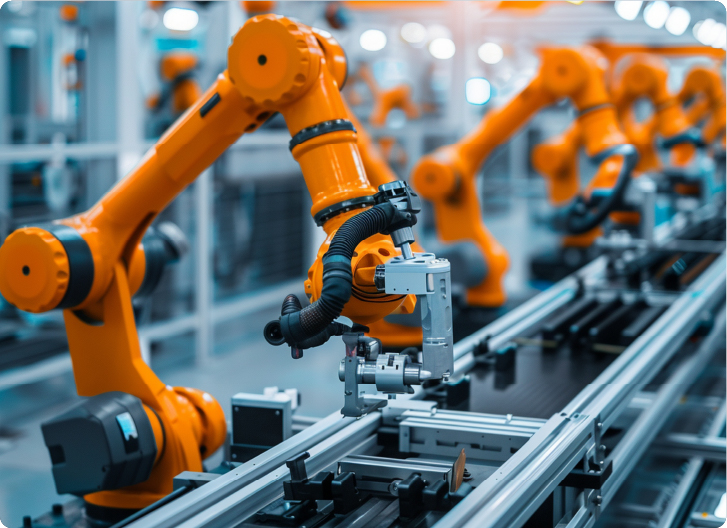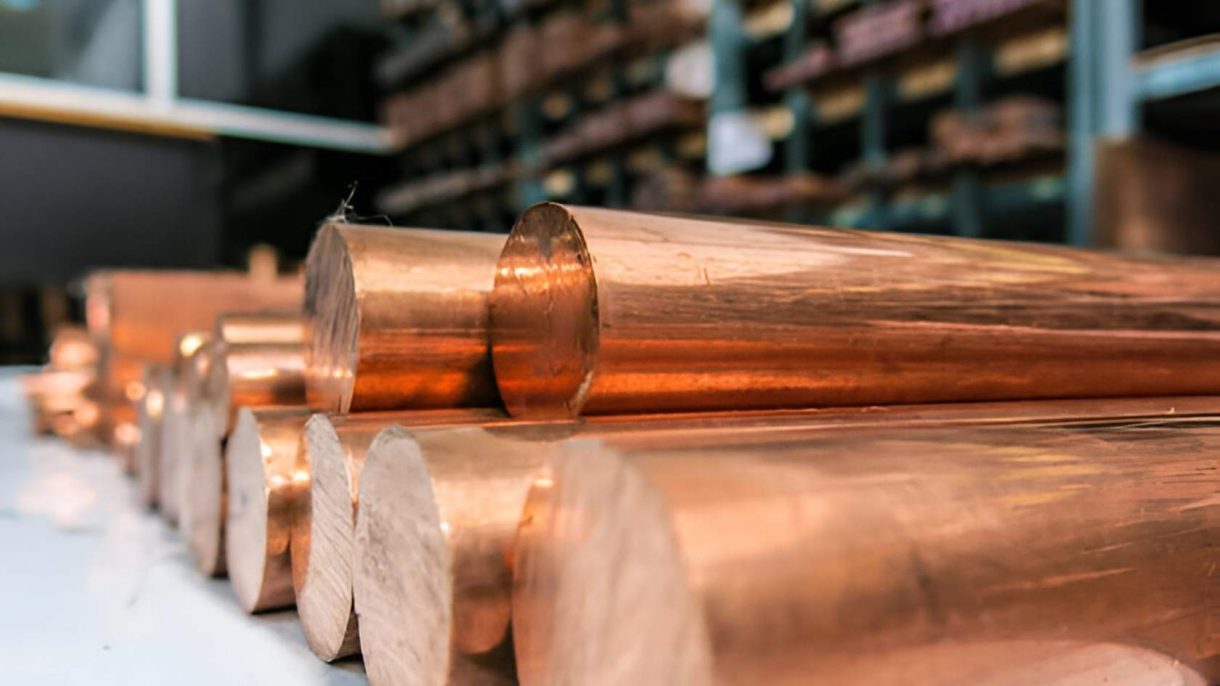
Copper is a critical commercial metal that is valued because of its extraordinary thermal and electric conductivity, corrosion resistance, and non-magnetic attributes. It has numerous applications due to several performance components in electronics, energy, aerospace, and medical devices. The application of copper has increased substantially, especially where precision and performance are a must.

Copper is, however, the paradox of CNC machining because as a soft, ductile metal, it is a notoriously difficult material to machine, where it sticks to the cutting tools, builds up edge, and deforms in the heat. However, copper can be machined accurately under the appropriate methods and material grades so that manufacturers can produce parts that work satisfactorily under high stress conditions.
This article is about the machinability of copper in CNC and the highlights of crucial copper grades, including C110 (Electrolytic Tough Pitch) and OFHC (Oxygen-Free High Conductivity) copper grades, along with the high value of applications these materials are used.
Copper grades are names of copper and copper alloys determined by their relative purity, composition, and application. These grades have standardized codes, like UNS (Unified Numbering System) in North America or CEN/ISO internationally, to assist manufacturers, engineers, and suppliers in selecting copper grades that suit a particular performance criterion.
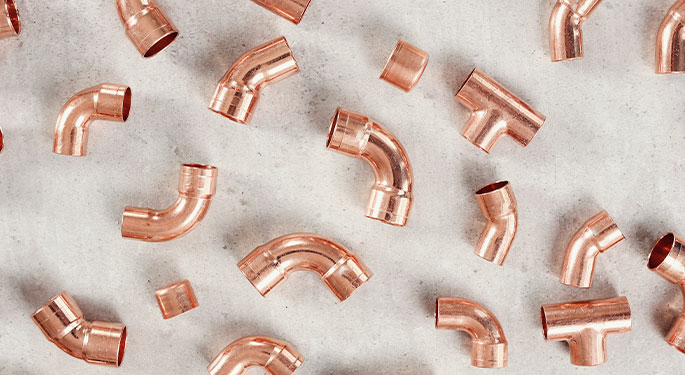
The grades of copper vary in:
Copper occurs in a range of grades, with each one being suitable for various industrial applications on the basis of composition, purity, strength, and workability. These can be classified as;
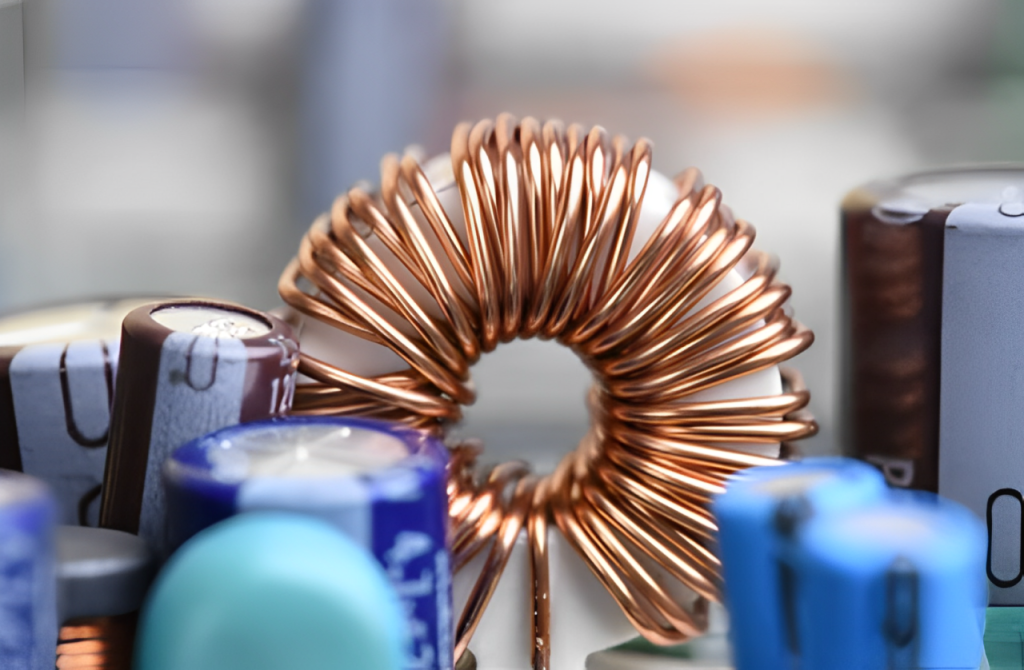
Grades of copper that are above 99.90% copper are called pure grades, and they are highly desired because of their electrical and thermal conductivity. These are C10100 (OFHC) an ultra-pure, oxygen free grade found in high-end electronics and vacuum systems, C10200 another oxygen free slightly less pure grade, which is still useful in sensitive applications, and C11000 (ETP) the most widely used lower cost general purpose grade used in CNC machining of electrical parts and heat exchangers.
Weldable to resist hydrogen embrittlement, and deoxidized copper is usually employed where brazing or any high-temperature joining is needed. Phosphorus is used as a deoxidizer in C12200 (DHP Copper), which makes it highly suitable in plumbing, roofing, and HVAC applications. It is not as conductive as pure copper but has very good shaping ability and resistance to corrosion, as well as to heat.
To get an alloyed copper, various elements such as beryllium, zinc, or tin are also added to it to increase strength, hardness, or the ability to be machined. C 17200 (Beryllium Copper) is very strong and has fatigue resistance, which is ideal in aerospace elements and non-sparking tools. C23000 (Red Brass), a copper-zinc alloy, finds uses in plumbing and decorative hardware, but C26000 (Cartridge Brass) has better formability, so it is used in such stamped parts as casings and fasteners.
Copper has many grades, but only a few can be used for high-precision CNC machining. These grades vary with their purity, conductivity, machinability, and resistance towards weather conditions. C110 (ETP) and OFHC grades (e.g., C101 and C102) are commonly machined with the best balance of conductivity and functionality across various industries, including electronics, energy, and medical sectors.
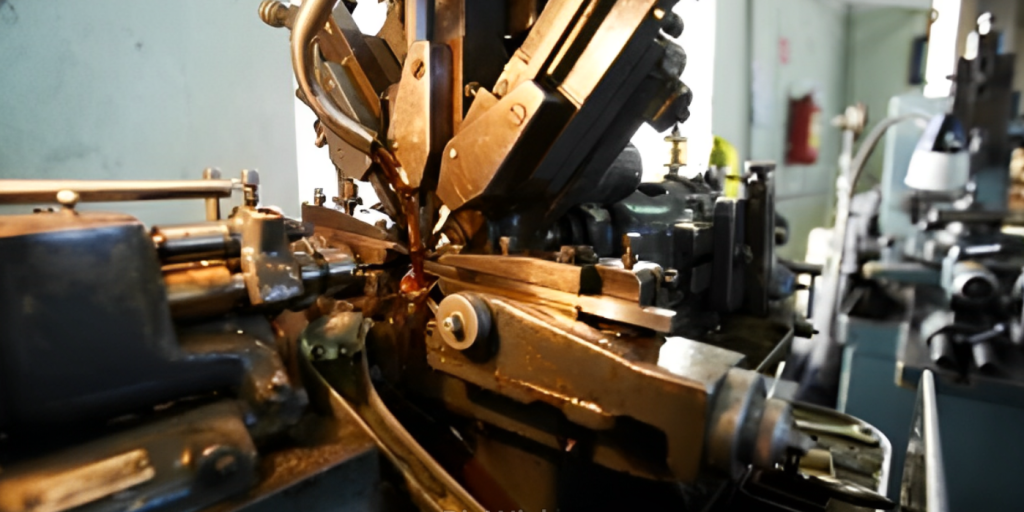
The most popular grade of copper to be used in CNC machining is C110. It is99.90%0 pure and has excellent electrical (~100% IACS) and thermal conductivity (~390 W/m K), making it the preferred medium of conductive and heat-transfer materials. It exists as sheets, rods, and bars, and is usually chosen as a part of electrical busbars, connectors, heat exchangers, RF shields, and grounding parts. It is popular despite the low rating of machinability (only ~20 % of the free-machining brass), where the highest level of performance is combined with its availability.
OFHC (Oxygen-Free High Conductivity) copper is extra-pure up to grade C10100 and C10200, which have 99.95% and 99.99% copper, respectively. These are further processed in a vacuum, making it oxygen-free, avoiding hydrogen embrittlement and the increase of electrical and thermal properties above C110. NO OFHC copper is easier to weld, brazing friendly, and suited to vacuum applications, cryogenic parts, as well as high-frequency electronics.
Some applications are semiconductor cooling, magnetic resonance systems and DIS, MRI, imaging systems, vacuum chambers, and specialized instrumentation in scientific applications. The much more costly OFHC copper is essential in ultra-critical environments.
C 145 is a free-machining grade of copper with a very low level of tellurium content (~0.5%). This gives a big enhancement in machinability, and not much is lost in conductivity (~90 percent IACS). It is suited to MNC operations that involve quicker cycle times and better finishes. Applications The C14500 is frequently found in electrical connector components, fasteners, plumbing components, and weldable assemblies. It is a great alternative in the case of optimum performance and efficiency of production.
C14700 contains a machining additive-sulfur, and has the same advantages as C145. It enhances chip making and decreases the wear of the tool, thus used in high-speed turning and automated CNC. It is not as utilized as C145, but it is useful in high-volume copper parts production that have a complicated design.
C103 is a low-residual-element oxygen-free copper with very low outgassing and conductivity requirements; the metal is used in nuclear, aerospace, and scientific vacuum applications. It is very clean, expensive, and not as easily available to get as compared with C101 or C102.
Here are some of its properties;
| Grade | Purity | Conductivity (IACS) | Machinability | Key Applications |
| C11000 (ETP) | ~99.90% | ~100% | Low (~20%) | Electrical, HVAC, RF |
| C10100 (OFHC) | ~99.99% | 101%+ | Low | Medical, vacuum, RF |
| C10200 (OFHC) | ~99.95% | ~100% | Slightly better | Electronics, cryogenics |
| C14500 (Tellurium) | ~99.5% | ~90% | Good (~85%) | CNC machining, terminals |
| C14700 (Sulfur) | ~99.5% | ~90% | Good (~80%) | Automated machining |
| C10300 (Ultra-pure) | 99.99%+ | Very high | Poor | Nuclear, lab instruments |
Copper stands out among industrial metals because of its unique physical, electrical, and chemical qualities. These traits make it ideal for CNC-machined parts used in electronics, aerospace, energy, and healthcare. The following are the key properties that contribute to copper's value in high-performance applications.
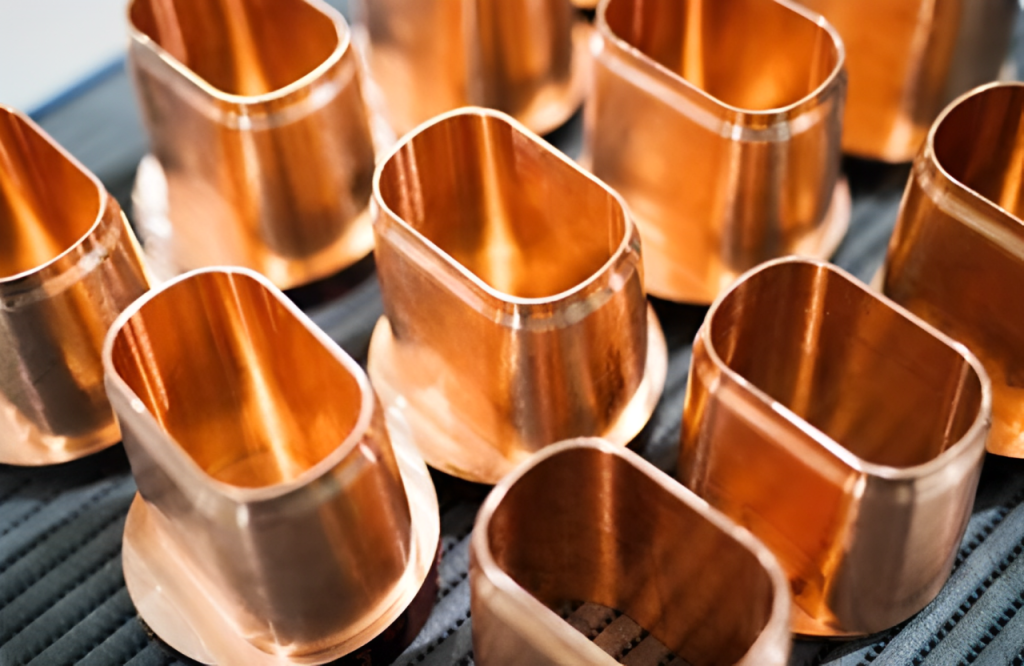
Copper comes in behind only silver in electrical conductivity. Grades such as C110 provide up to 100 % IACS, and copper is the de facto material used in electrical terminals, busbars, and connectors in power systems and electronics.
Copper is a good choice for heatsinks, colplates, and heat exchangers due to its high conductive capacity. Its high thermal conductivity enhances energy saving and additionally protects sensitive components from overheating.
Copper is inert to corrosion in most environments, as it will form a protective oxide film upon exposure to air, extending operating life in applications where metals are exposed outdoors to the environment, in marine environments, and in industrial environments.
Copper, unlike ferrous metals, is not magnetic; thus, its importance in equipment where magnetic interference is a problem, like an MRI machine, sensors, and electronic shielding.
Copper is easily machined, stamped, drawn down, or spun into intricate shapes since it has the desired softness and malleability characteristics. The use of steel allows this to be highly flexible when used in custom or high-precision CNC work.
Copper may be machined using various CNC processes to which different pieces and tolerances are applicable. The major machining techniques in use are given below:
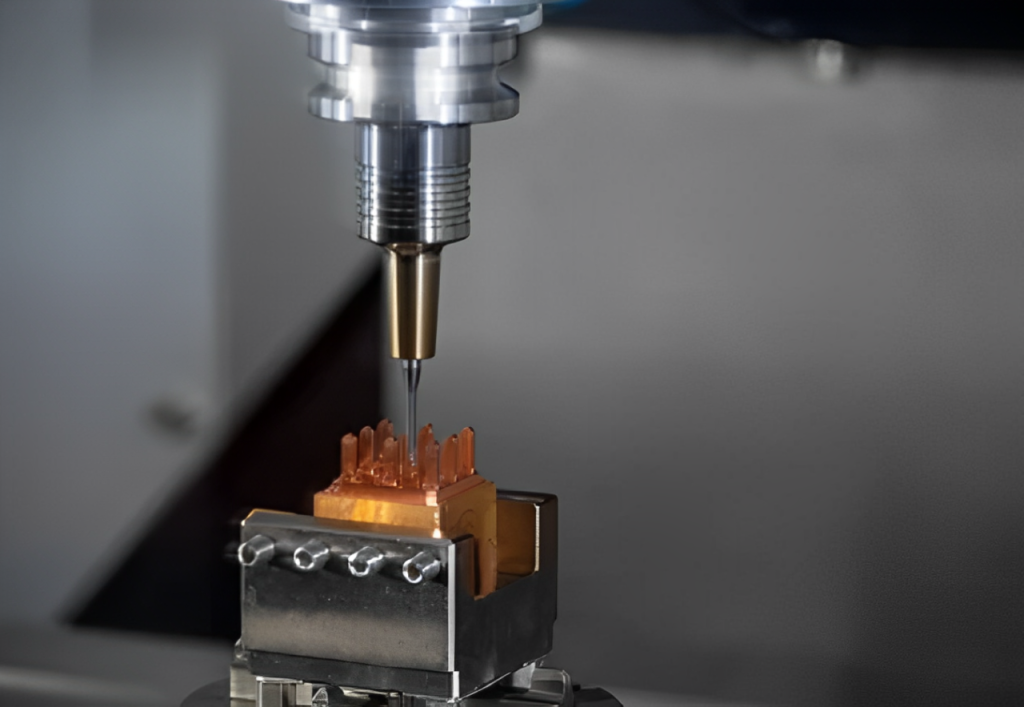
Turning is best for shaping cylindrical products like the bushings, rods, and terminals. When the correct tool geometry and speeds are used, turning creates smooth finishes, even though softer copper can create dimensional challenges.
The milling process is applied in the case of 2D and 3D features, such as heat sinks, enclosures, and cold plates. It enables one to have good control of geometries, and care should be taken with cutting parameters to prevent smearing on surfaces or built-up edges.
When drilling copper, one must take heed in clearing chips because the stuff clogs drill bits. It is preferred to use sharp and coated drills and a large amount of coolant flow to ensure the accuracy of the hole and tool life.
Tapping in copper can be done with good quality, sharp taps and lubricants. With the ductility of copper, however, there is a possibility of deformation of the thread form when a high amount of torque or inappropriate tools are applied.
Thanks to the machinability of copper and the fact that it is electrically conductive, engraving works great as marking a surface, a circuit path, or a logo. You will find it common in electronics and in ornamental hardware.
Complex or delicate features that are hard to produce by mechanical cutting are made by using EDM. It is well suited to toolmaking, dies, as well as parts needing very fine detail or close tolerances, particularly in the scientific and electronic areas.
Copperheads are usually finished with an anti-oxidant (as a preventative), polishing (to improve appearance), or a second joining (as a confirmation that it is usable). Typical surface treatment is:
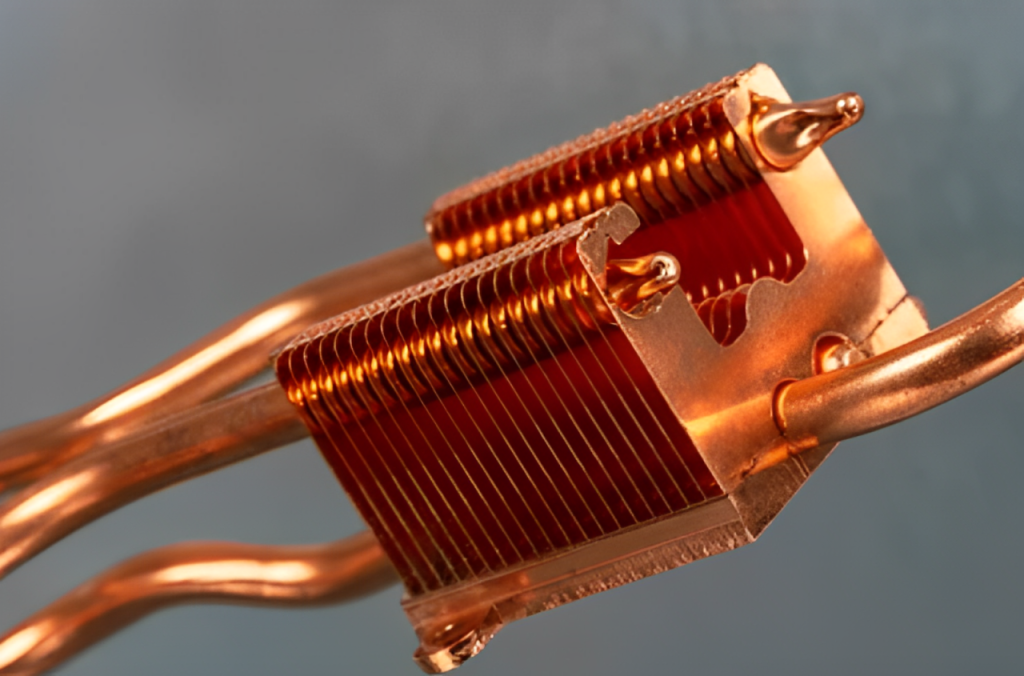
Copper finds broad applications in various industries, making it one of the best high-performance products due to its remarkable conductivity, corrosion resistance, and lack of magnetic characteristics. The most typical fields of application of the copper parts made by the CNC-based machine include the following:
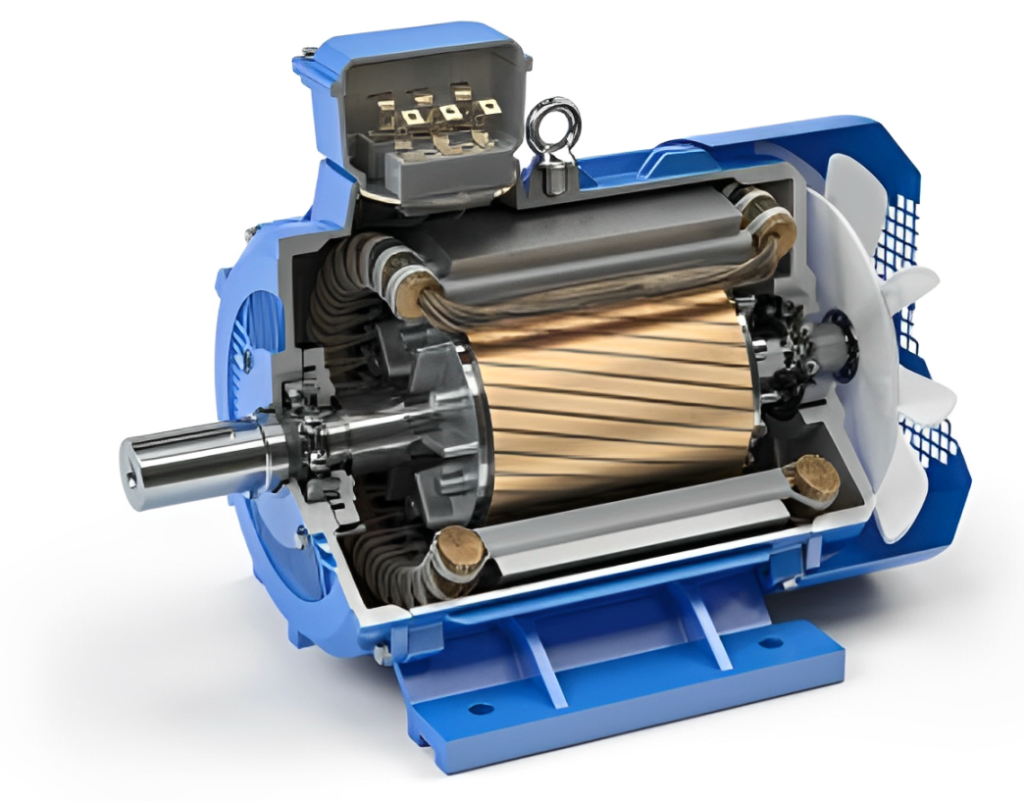
The higher grades of copper, such as C11 and OFHC, cost more than the normal grades of steel or aluminum. Nevertheless, they are usually worth their price in areas of performance relevance. They can be supplied in either flat bars, rods, tubes, or custom billets that can be used via CNC operations.
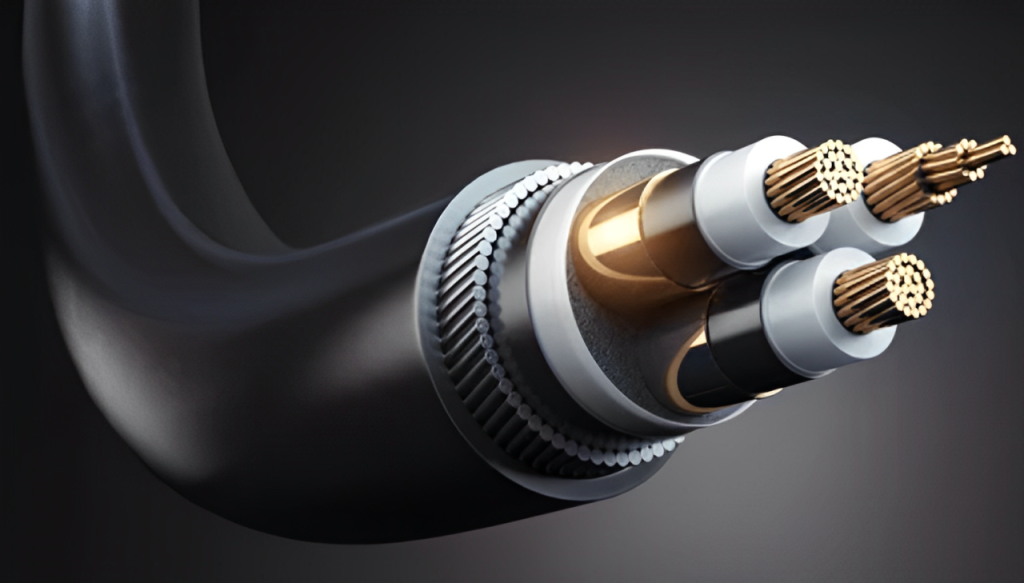
Although copper is the finest material regarding conducting and resistance to corrosion, it does not fit in all applications:
Here are some of its differences;
| Feature | Copper (C110/OFHC) | Aluminum (6061) | Stainless Steel (304) | Brass (C360) |
| Electrical Conductivity | Excellent | Good | Poor | Good |
| Thermal Conductivity | Excellent | Very Good | Fair | Good |
| Machinability | Challenging | Easy | Moderate | Excellent |
| Strength | Low to Moderate | Moderate | High | Moderate |
| Cost | Moderate to High | Moderate | High | Moderate |
Copper can be challenging to machine due to its softness and ductility, but it delivers exceptional performance in applications where electrical and thermal conductivity, corrosion resistance, and non-magnetic properties are essential. Grades like C110 and OFHC are widely used in aerospace, electronics, energy, and scientific equipment—industries where precision and performance must go hand in hand. At ApexRapid, we specialize in high-precision copper machining, delivering reliable components that meet the exacting demands of your application.
Q1: Which grade of copper is most suitable for machining?
The most machined grade is C110 ( ET P ). OFHC is applied where extreme conductivity and purity are necessary.
Q2: Can copper be easily machined?
No, it is hard to machine with copper since it is ductile and also has the habit of sticking to tools. There must be adequate tooling and coolant plans.
Q3: Which industries use CNC-machined copper parts?
Copper components are often used in electronics, power systems, aerospace, medical, and scientific instrumentation.
Q4: Is copper suitable for high-temperature applications?
There is, yes, its elevated thermal conductivity lends itself to heat sinks and exchangers; however, it has few capabilities of strength at higher temperatures.
Q5: What should I do to enhance copper machining?
Minimize sticking and heat buildup by using sharp carbide tools, high coolant flow, moderate speeds, and coated tooling.
